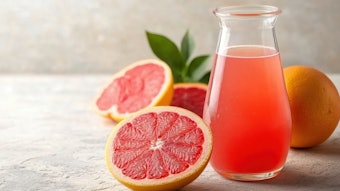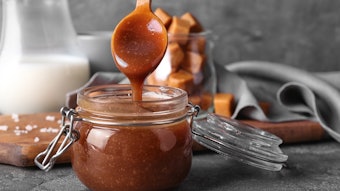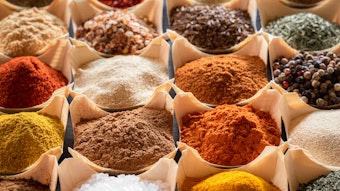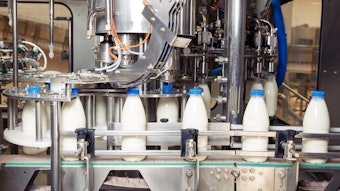Biotechnological processes to produce flavor compounds are in active development because of legislation that encourages production of natural components in the aroma industry. Also, the present consumer preference for natural instead of synthetic flavors will continue to rise. Therefore, we can expect to see increasingly more substitutions for previous sources of aroma. In fact, with respect to microorganisms able to produce flavor compounds, some have proved to be a rich source of enzymes and have the advantage of possessing complex enzyme systems able to carry out a series of successive conversions. However, some reports on synthesis by microorganisms have shown that the production rate of a compound may decrease sharply when the product concentration is greater than a threshold value above which the growth and/or the production is inhibited. In such cases, the accumulation of compounds in the broth can be prevented by a continuous and selective removal of the fermentation-toxic products, in order to improve the productivity of the fermentation process.
Several extraction processes are known to recover such specific compounds. Organic liquid extractants and solid resinous adsorptive materials are widely used. In spite of their efficiency, the solvents have been cautiously used in the fermentations because of their toxic effects on the microorganisms. However, in some cases, the extraction in situ by a biphasic system was effective. For example, the use of a mixture of water and hexane improved the bioconversion of benzyl alcohol into benzaldehyde by Pichia pastoris. Bruce and Daugulis confirmed the efficiency of a solvent mixture for compound extraction when Zymomonas mobilis was cultivated with 5% of heptanol and 95% of aldol. But, most of the time, extraction realized in situ led to toxic effects on the microorganisms. An alternative method of overcoming these problems might be to use an extractant that is both safe and effective. Previous experiments have indicated that some vegetable oils appeared to be suitable extractants for the removal of butanol, caffeine and carotenoid pigments, for example.










